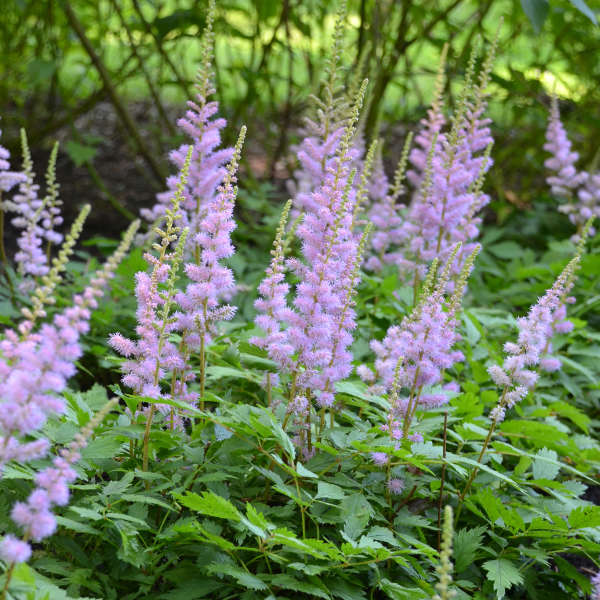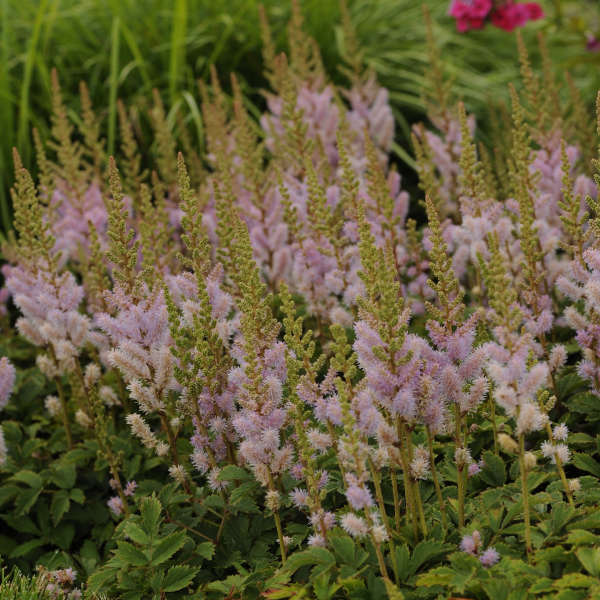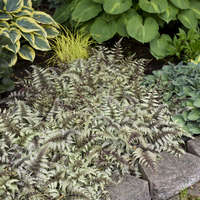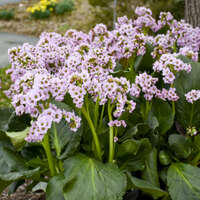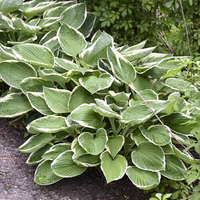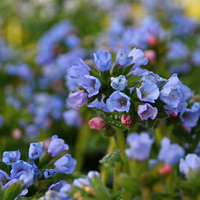Astilbe chinensis 'Pumila'
Common Name: Dwarf Chinese Astilbe
This popular dwarf groundcover type of Astilbe forms a low carpet of mid-green leaves topped with fuzzy, lilac pink, stiffly upright flower plumes. This is one of the last Astilbes to bloom, typically peaking from late summer into early fall. Its small stature makes it a good candidate for containers and the front of the border.
A member of Astilbe chinensis (Chinese Astilbe). A later blooming species useful for extending the bloom season into late summer. Foliage is deeply incised, coarsely textured, and often bronze-green in color. Flowers are borne on narrow, branched panicles. Though garden performance is far superior in moist soils, members of this species are moderately drought tolerant. Shorter varieties such as 'Pumila' make excellent groundcovers.
